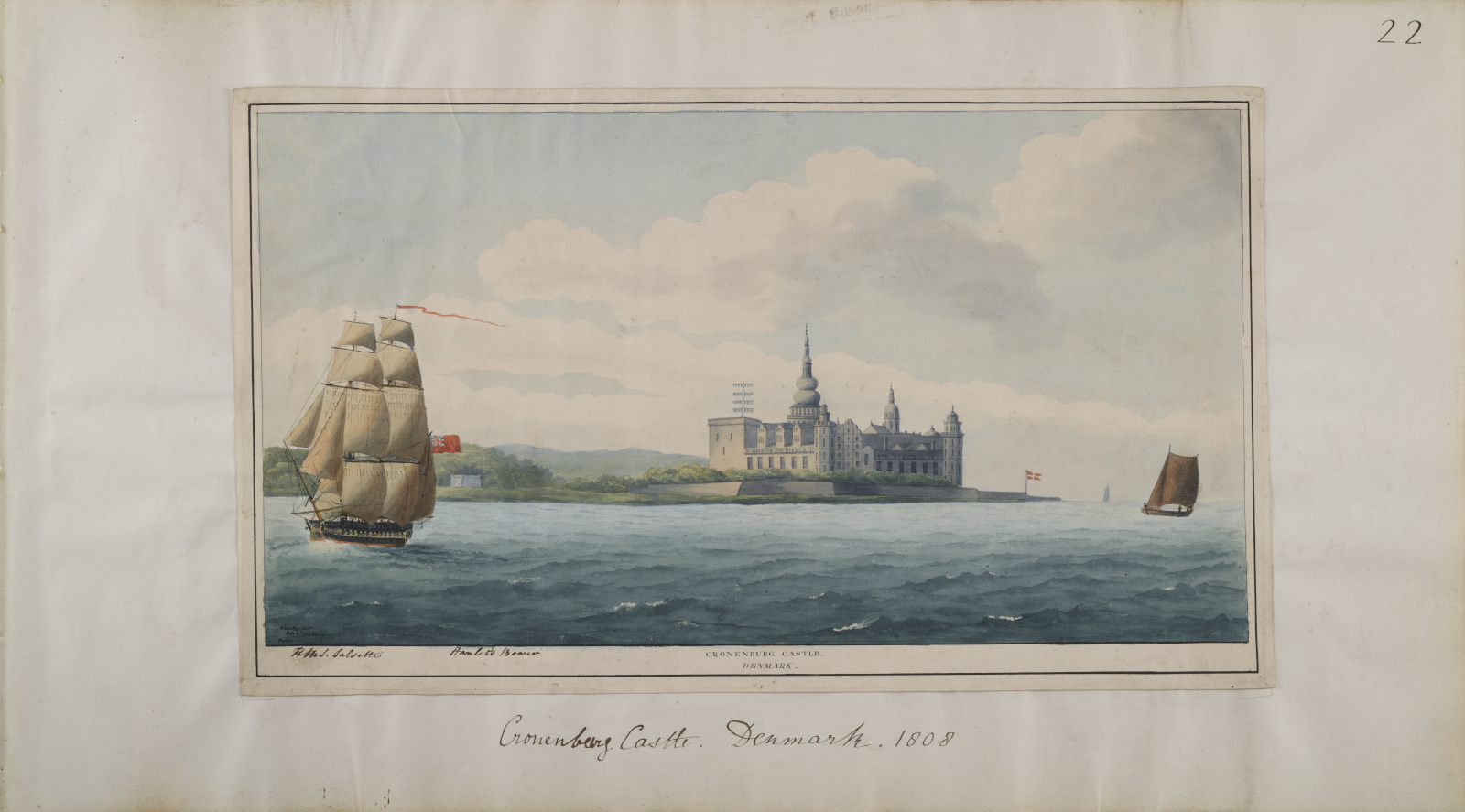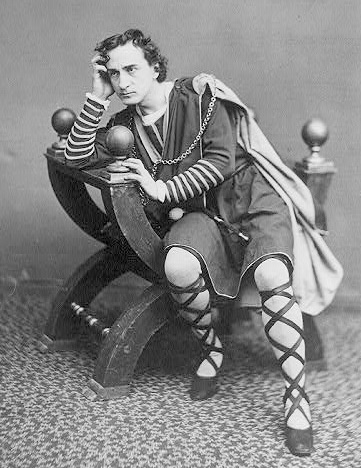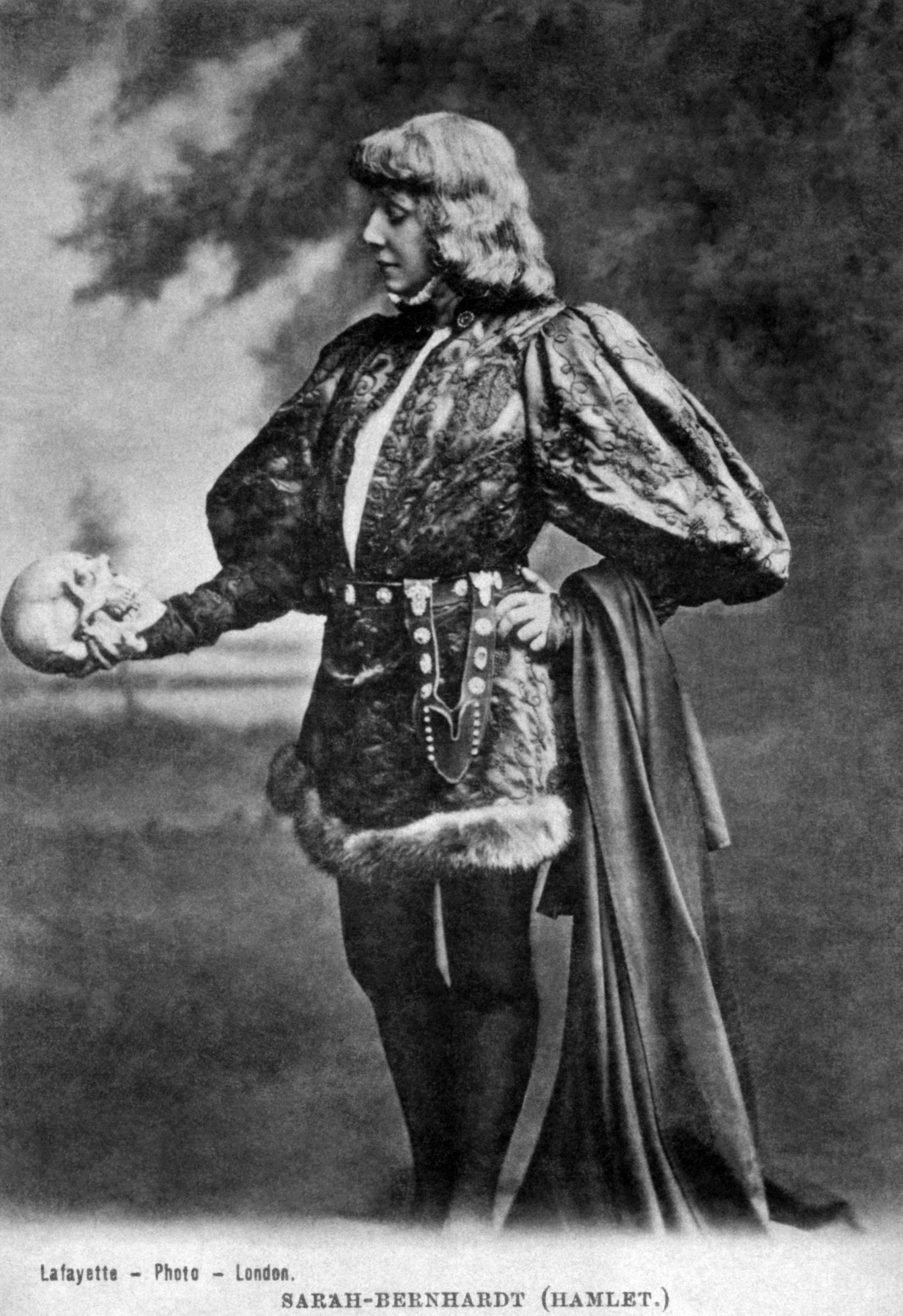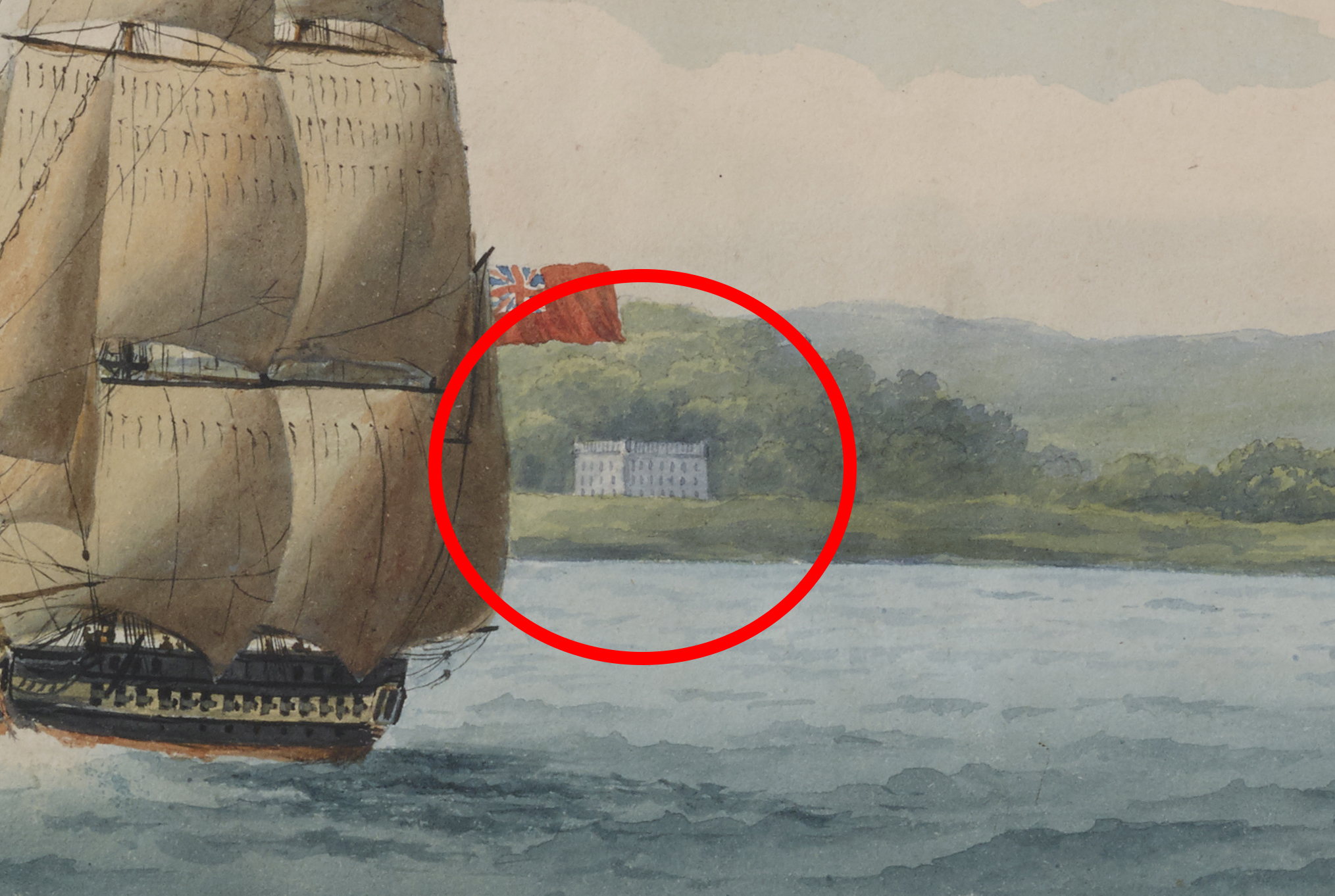
Sailor Made
Among my favorite past Museum exhibitions is Sailor Made, an amazing showing of the artistic talents of sailors, objects ranging from scrimshaw tusks to sea chests, knot boards to knitting needles, and carved coconuts to cameos. I was fascinated by what these mariners constructively and creatively chose to do with their spare time at sea.
I was glad to assist my Museum colleagues, Jeanne Willoz-Egnor, director of collections management, and Priscilla Hauger, director of exhibits, in researching and editing the text labels for this charming exhibition.
When I first reviewed the object list, I was immediately struck by the title of a watercolor: Cronenberg Castle, Denmark, 1808. I knew that Cronenberg had something to do with Shakespeare’s Hamlet. This English major and lifelong theater lover said, girl, you gotta get a close look at this one!
The Artist
Thomas Leslie served as a midshipman aboard HMS Centaur during the Anglo-Russian War of 1807 to 1812. The British were attempting to maintain their naval prowess in the Baltic region. Centaur, under the command of Captain William H. Webley, likely sailed the waters off the coast of Denmark where Cronenberg Castle towered over the Ore Straight, one of two entrances to the Baltic.
Thanks to the Lily Lambert McCarthy Foundation, the Museum was gifted a 26-page scrapbook and a larger watercolor, compiled by Rear Admiral William Webley-Parry’s daughter. Works by Webley and Leslie are signed and dated (1790-1814).
Matted, Cronenberg Castle measures 33” long x 21 1/8” high. Within this space lie many tales to tell. The work is inscribed at its center, Cronenburg Castle, Denmark; and at far left, is HMS Salsette and Leslie’s signature. The frigate Salsette (1805-1874), built in Bombay for the Royal Navy, appears under full sail at the left of the painting. In 1808, this ship was in service in the Baltic, under the command of Captain Bathurst. It saw action, capturing a Danish privateer, and later surrendering to a Russian cutter, but I digress…
Back to the inscription on the watercolor…. Just a bit to the right of the ship’s name is written: Hamlet’s Bower. What? Why, this was exciting! I remember studying Shakespeare, reading, and often reciting the Bard’s words. And right here, Hamlet’s man cave — close, but not too close to his family’s castle, a great view of the wide-open waterways out front; huge grounds to wander pensively about, and his own separate, private, secretive spot. Just what every brooding Dane needs!
Location, Location, Location
The setting for Shakespeare’s (and many say the world’s) most performed drama, Hamlet, is the town of Elsinore; also, the name he gave the castle. Cronenberg (Kronborg) Castle is a prominent spot in Elsinore (the English spelling of Helsingør), on the eastern coast of Denmark. A castle has stood in the town since 1420. After being burned, Kronborg Castle was rebuilt in 1574. An important military location in Shakespeare’s time, Denmark’s King Frederick ruled there, controlling a narrow (and strategic) stretch of the Baltic. He required ships to pay tolls, making the town an important, successful maritime spot.
The Shakespeare Connection
Shakespeare wrote Hamlet in London, ca. 1600-1602. It was performed for the first time in 1601 at the Globe Theater (the first place I had to visit after Harrod’s!). The playwright more than likely never visited Elsinore, yet, it is thought that Will Kemp, a member of Shakespeare’s acting company, had been to Helsingør to perform for King Frederick. Rumor also has it that a pair of Danish noblemen, Frederick Rosenkrantz and Knud Gyldenstern, met the Bard during their stay in England in the 1590s. Anyway, word got out in London about the goings-on at Kronborg, the largest castle of its kind in Renaissance Europe. The town became famous as a cultural hub, the talk of sailors and royalty alike.
In 2000, Kronborg Castle was named a UNESCO World Heritage Site.
Hamlet
A lot takes place in the confines of Elsinore Castle, making Hamlet’s issues and angst even more pronounced. The girls, Gertrude and Ophelia, have their “closets” – AKA she sheds. Claudius has the private chapel. And Hamlet, his bower (AKA man cave) up on the hill. These secluded spots are ripe for spying and perfect for delivering those passionate soliloquies.


After what I discovered in my quest to learn how Hamlet’s man cave was part of this watercolor’s story, Kronborg is now on my bucket list. And the fact that Denmark’s M/S Maritime Museum, is located there too, gives me another reason to visit (what do you say? A business trip – tax deduction?!). Be sure to check out this museum’s awesome architecture here:
‘Til next time, as Hamlet would say, remember, “The play’s the thing.”
References and more information:
“Hamlet at Kronborg – Castles and gardens – Royal castles,” kongeligeslotte.dk
sparknotes.com/shakespeare/hamlet
study.com/academy/lesson/elsinore
visitdenmark.com
World Heritage Center, whc.unesco.org
